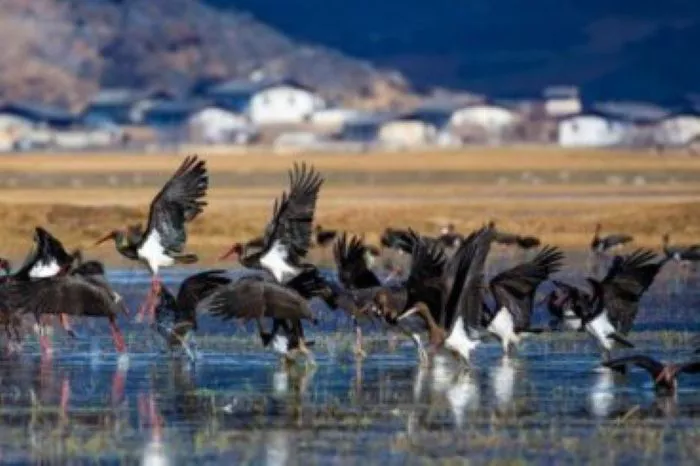The pristine landscapes of Diqing Prefecture have transformed into a critical winter sanctuary for rare avian species, according to local governor Zhang Weidong. This ecological renaissance positions Shangri-La as China’s newest birdwatching hotspot, where professional teams recently scoured diverse habitats during a competitive observation event.
Science meets artistry in wilderness
Beijing Forestry University’s Professor Chen Jianwei emphasized the dual nature of wildlife photography during an opening workshop. “Technical precision must marry ecological storytelling,” he advised participants, as six national teams deployed across Napahai Wetland and Pudacuo National Park. Veteran photographer Lang Pi, leading the local team, noted increasing sightings of black-necked cranes – tangible proof of conservation success.
Shanghai team leader Yang Zhidong, with two decades of field experience, praised the region’s intact food chains. “The raptor populations here reveal truly healthy ecosystems,” he observed. Evening symposiums and photo exhibitions complemented field activities, showcasing how previous events have established sustainable ecotourism routes.
Governor Zhang reaffirmed commitments to green development, stating: “Our alpine ecosystems now drive both environmental and economic vitality.” This strategic integration of ecology and tourism demonstrates how Diqing’s protected landscapes now yield dividends for both wildlife and communities.
Related Topic:
- Pakistan to Cancel Passports of Deported Citizens to Prevent Violations
- Global Luxury Travel Market to Surpass $2 Trillion by 2035
- Devon and Cornwall Poised for Record-Breaking Tourism Surge in 2025

